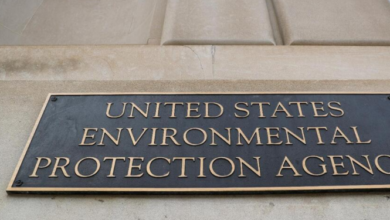Trikafta Treatment Benefits for School-Age Children with Cystic Fibrosis: Improving Lung Function and Structure”

One year of Trikafta treatment has demonstrated significant benefits for school-age children (ages 6-11) with cystic fibrosis (CF), according to a recent real-world analysis.
Trikafta
Dr. Marcus Mall, director of the department of pediatric respiratory medicine, immunology, and critical care medicine at Charité-Universitätsmedizin Berlin, Germany, emphasized the positive outcomes observed: “The majority of the children even achieved normal lung function with the triple combination therapy. That’s a highly positive result!”
Published in the European Respiratory Journal, the study titled “Impact of Elexacaftor/Tezacaftor/Ivacaftor Therapy on Lung Clearance Index and Magnetic Resonance Imaging in Children with Cystic Fibrosis and One or Two F508del Alleles” examined how Trikafta affected lung function and structure.
Cystic fibrosis causes thick, sticky mucus buildup in the lungs, leading to breathing difficulties, infections, inflammation, and structural lung changes. Current treatments focus on daily mucus-thinning inhalations and antibiotics for infections.
Trikafta, developed by Vertex Pharmaceuticals, combines elexacaftor, tezacaftor, and ivacaftor to modify the disease process by improving the function of the CFTR channel protein, which is impaired in CF patients from early childhood.
“Triple combination therapy can enhance CFTR channel function up to 50% of normal levels,” noted Dr. Mirjam Stahl, corresponding author of the study and head of the division of cystic fibrosis at Charité. “Previous studies in adults have shown significant improvements in lung function and quality of life with this therapy. It’s truly transformative for most patients.”
The study, led by Stahl and Mall, analyzed 107 children aged 6-11 with CF, including those with two copies of the F508del mutation (F/F) and those with one F508del mutation and a minimal function mutation (F/MF). Magnetic resonance imaging (MRI) tracked lung structure abnormalities, while lung function was assessed using the lung clearance index (LCI), measuring how quickly a tracer gas clears from the lungs. Evaluations were conducted before and up to 12 months after starting Trikafta.
MRI scans revealed improvements in airway dimensions and reduced mucus deposits following Trikafta treatment. Significant enhancements in LCI were noted from three months onward in both F/F and F/MF groups.
“Our findings underscore the importance of early Trikafta initiation in preventing lung disease progression among school-age children with CF,” the researchers concluded.
Dr. Stahl expressed optimism about extending these benefits to younger children (ages 2-5) in ongoing research. “Initiating triple combination therapy early in childhood may prevent severe symptoms and structural lung changes,” she added.
The researchers are also investigating whether Trikafta could reduce the need for symptom-based therapies, potentially improving daily life and quality of life for CF patients.
“Reducing the frequency of inhalation treatments would be a significant benefit for patients,” Stahl remarked, highlighting the potential broader impacts of this groundbreaking therapy.




